Goal: Unspecified.
Source: Unspecified.
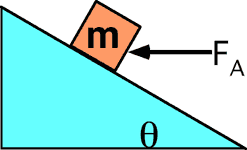
An applied force FA pushes a block of mass m up a rough incline having coefficient of kinetic friction μk. The friction force on the block is:
- mgcosθ
- mgsinθ
- μkmgsinθ
- μkmgcosθ
- μkmgtanθ
- μkmgsinθcosθ
- None of the above.
- Can’t be determined.

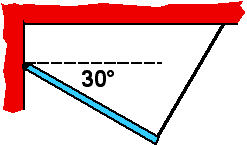
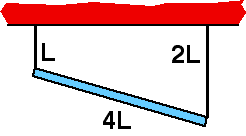




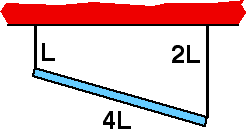
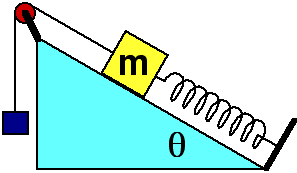
Commentary:
None provided.